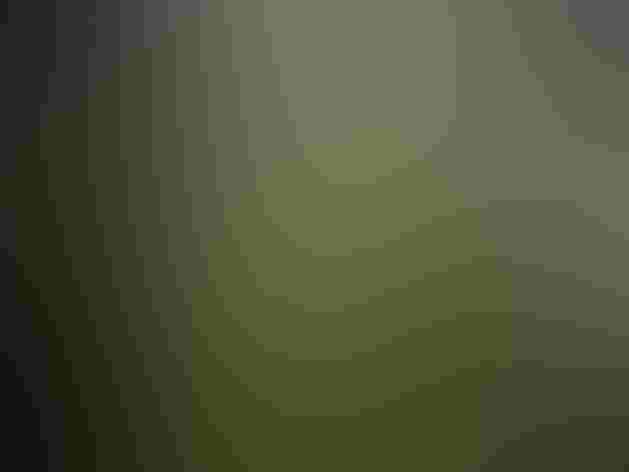Black-whiskered Vireo
At a Glance
Found almost throughout the West Indies in summer, this is the Caribbean replacement for our common Red-eyed Vireo. In our area, Black-whiskered Vireos are summer residents mainly in southern Florida. There they can be heard singing constantly in the coastal mangrove tangles on hot days in May. Natives of the Caribbean know this bird well by voice, often giving it nicknames that suggest the short emphatic phrases of the song, such as 'John-Philip' or 'Whip-Tom-Kelly.'
All bird guide text and rangemaps adapted from Lives of North American Birds by Kenn Kaufman© 1996, used by permission of Houghton Mifflin Harcourt Publishing Company. All rights reserved.
Category
Perching Birds, Vireos
IUCN Status
Least Concern
Habitat
Forests and Woodlands, Saltwater Wetlands, Shrublands, Savannas, and Thickets
Region
Florida, Southeast
Behavior
Direct Flight, Flitter, Rapid Wingbeats
Population
6.200.000
Range & Identification
Migration & Range Maps
Strictly a summer resident in Florida and nearby islands (may be a permanent resident farther east in the Caribbean). Stray birds appear regularly farther northwest along Gulf Coast in spring.
Description
6" (15 cm). Very similar to Red-eyed Vireo but has dark whisker mark, sometimes faint; also has a longer, heavier bill, and is often duller on head and back.
Size
About the size of a Robin, About the size of a Sparrow
Color
Black, Gray, Green, Red, White, Yellow
Wing Shape
Rounded
Tail Shape
Notched, Square-tipped
Songs and Calls
Similar to that of Red-eyed Vireo but distinctly more abrupt, and in 1- to 4-note phrases, sometimes described as Whip-Tom-Kelly.
Call Pattern
Flat, Undulating
Call Type
Chirp/Chip, Scream, Whistle
Habitat
Mangroves; low woods. In Florida, breeds mainly in coastal mangrove swamps, but also in subtropical hardwoods on dry land, sometimes several miles inland. Migrants wandering beyond southern Florida may be in any kind of forest, but usually close to the coast. In winter in South America, found in open woods and forest edge.
Sign up for Audubon's newsletter to learn more about birds like the Black-whiskered Vireo
Behavior
Eggs
Usually 3, sometimes 2. White, with spots of brown, purple, or black. Incubation is by female only; length of incubation period not well known.
Young
Female feeds the young and probably male does also, but details (including age at which the young leave the nest) are not well known.
Feeding Behavior
Forages by searching rather deliberately among foliage for insects, usually in the upper levels of mangroves or other trees.
Diet
Mostly insects and other arthropods, some berries. At times, up to 40% of diet can be spiders. Also feeds on many insects, including caterpillars, earwigs, beetles, wasps, bees, true bugs, flies, mosquitoes, and others. Also eats some berries and possibly seeds during the breeding season. In winter, in the tropics, up to 50% of diet can be berries and small fruit.
Nesting
Males arrive in Florida in April, and defend breeding territories by singing continuously throughout the day. Nest: Placed 3-20' above the ground or water, in a mangrove or a deciduous tree. Nest (built by female) is a compact, basket-like cup, suspended by the rim, woven onto a horizontal forked twig. Made of seaweed, grass, weeds, palmetto fibers, spiderwebs, cocoons, lichen; lined with grass, pine needles, and hair.
Conservation
Conservation Status
Declined seriously on west coast of Florida in the 1980s, after severe winters killed many mangroves there, and after Brown-headed Cowbirds became more common in that area.



